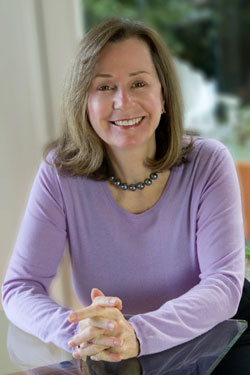
What kind are they? How important? As pundits discuss Obama’s frenemies, these questions probe the other side of our psyche. UK sociologists Ray Pahl and Liz Spencer asked them in a study that led to a book, Re-Thinking Friendship. Updating a theme in Bowling Alone, they discovered:
• The average Briton has 18 friends.
• Men were less likely to expect to find close friends at work.
• For women, regular contact with family and friends declined from the mid 1980s.
• In the complicated terrain of modern friendship, we have seven kinds of “personal communities”:
1. Friend-like community: Looks to friends more than family, with close friends at the center of a network, and more casual friends and relatives further away.
2. Friend-enveloped community: Close relatives (offspring and spouse) and at the center and a larger group of friends around the family.
3. Family-like community: Family members outnumber friends but have both.
4. Family-dependent: Family members outnumber friends.
5. Partner-focused: A couple keep friends and relatives at a distance.
6. Neighborhood-focused: Often initiated by older people in close neighborhood communities.
7. Professional-dependent: Also often formed by older folks whose most important friends are caregivers or social workers.
Friends now play more diverse roles in our lives. (Should they have included pets?)

Look at your life through their lens. Draw concentric circles. Put yourself at the center. Then put the people who are vital to you in the inner circle. Add more people to the other circles in order of their importance to you. Use as many or as few of the circles as you find relevant.

In this increasingly transient world, Stuart Jeffries, citing Mark Vernon, warns that we need friends more than ever.
But this reliance comes at a cost. Just as Zygmunt Bauman labeled the liquid modernity of some relationships SDCs (semi-detached couples) Jeffries suggests we now seek “semi-detached friends” (SDCs). “They work harder at making friends than ever before – jabbering into mobile phones, addictively texting, leaping from one chat room to another.
The sense of belonging or security that they create consists in being cocooned in a web of messages rather than finding a soulmate. That way, they hope, the vexing problem of how to achieve a livable balance between freedom and security will disappear.”
Despite Jeffries’ downbeat thoughts, the co-authors found good news in the “persistence of hidden solidarities where family members are considered to be friends and friends take on family-like status.” I heartily agree – a gratifying notion as holidays draw near.



Interesting read, however I can’t help but feel like Pahl and Spencer negate the possibility of having a strong core network of both close friends and families and that these are closely interconnected. While I feel like many of us could be grouped with in one of their 7 categories, I would choose to look at our core networks a more of a ven diagram than concentric circles. At the core of our network would be three interlocking circles depicting our STRONG connections with friends, family, and colleagues – with the circles varying in size in proportion to the size of that specific core network. Then these three interlocking circles would be enveloped by one large circle representative of all of our weaker connections within our network as a whole. To me, this helps me visualize the interconnectedness of our networks – because no matter how many times I think these networks are separate, there turns out to be excellent ties between them. Take it or leave it, but that’s just the way it makes sense to me in my head 🙂 -Josh
Very interesting post. The world will be less beautiful and healthy without the support of our friends and families.